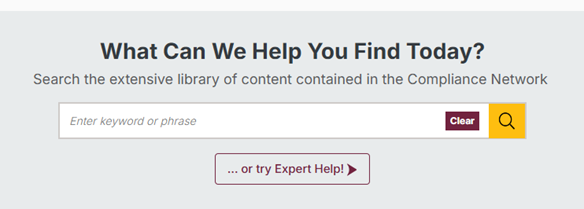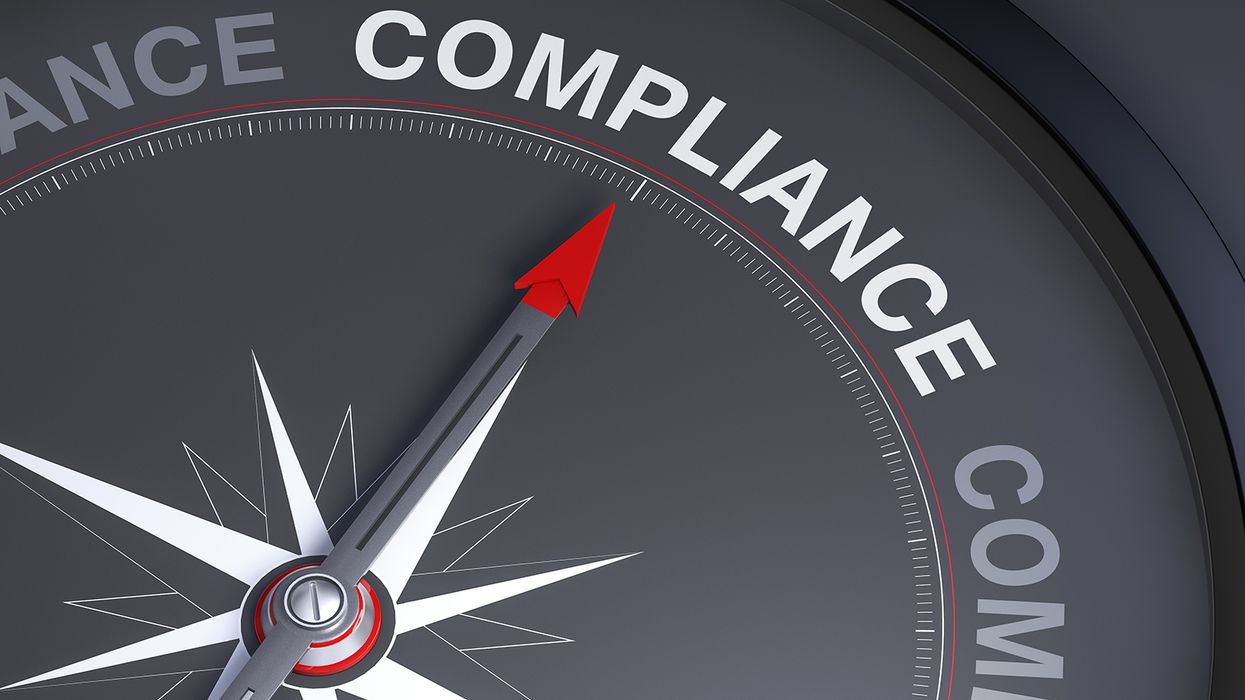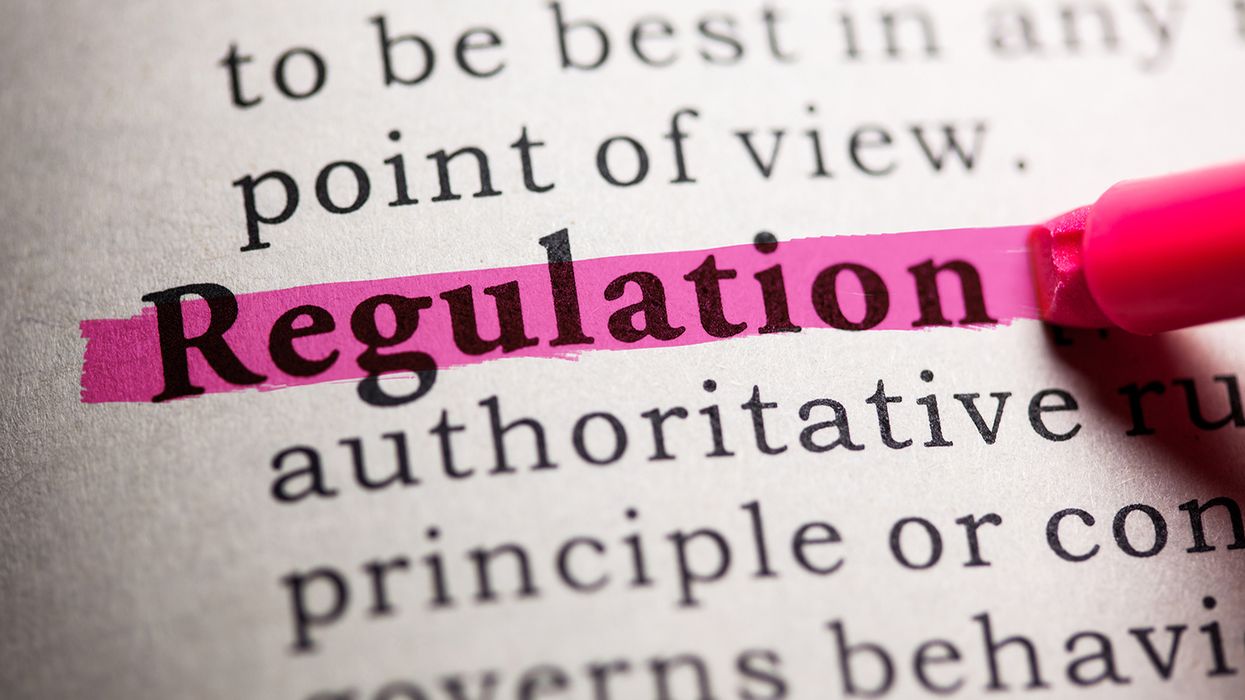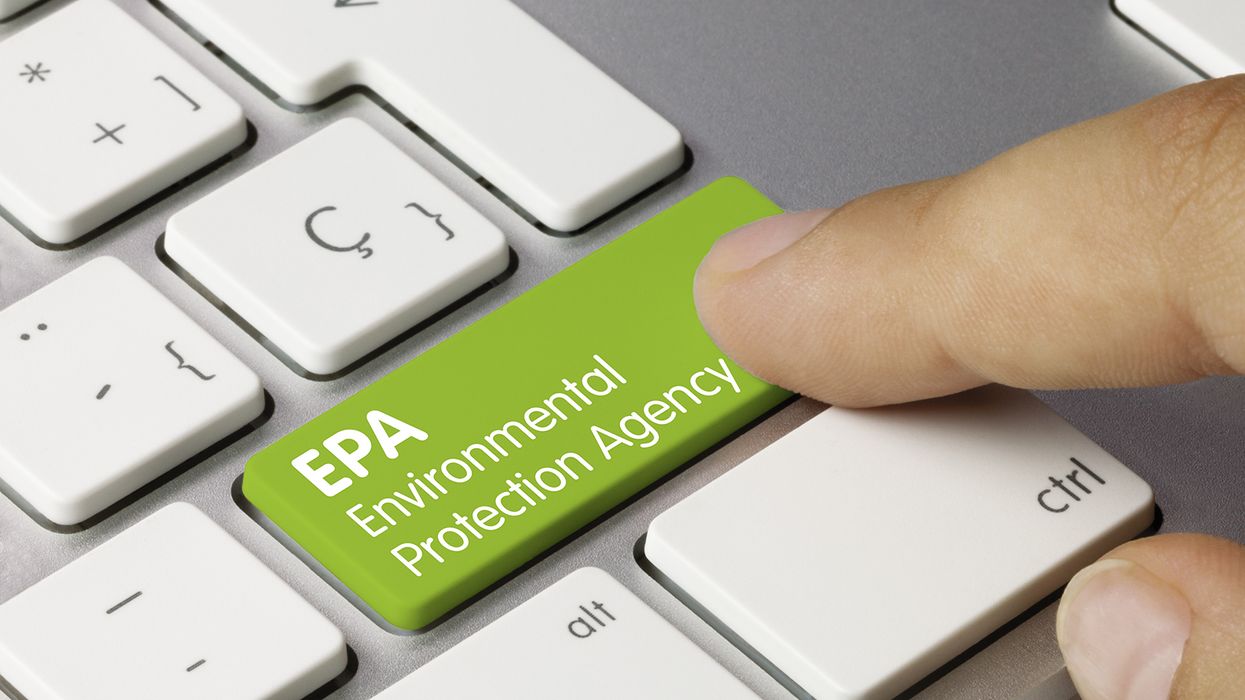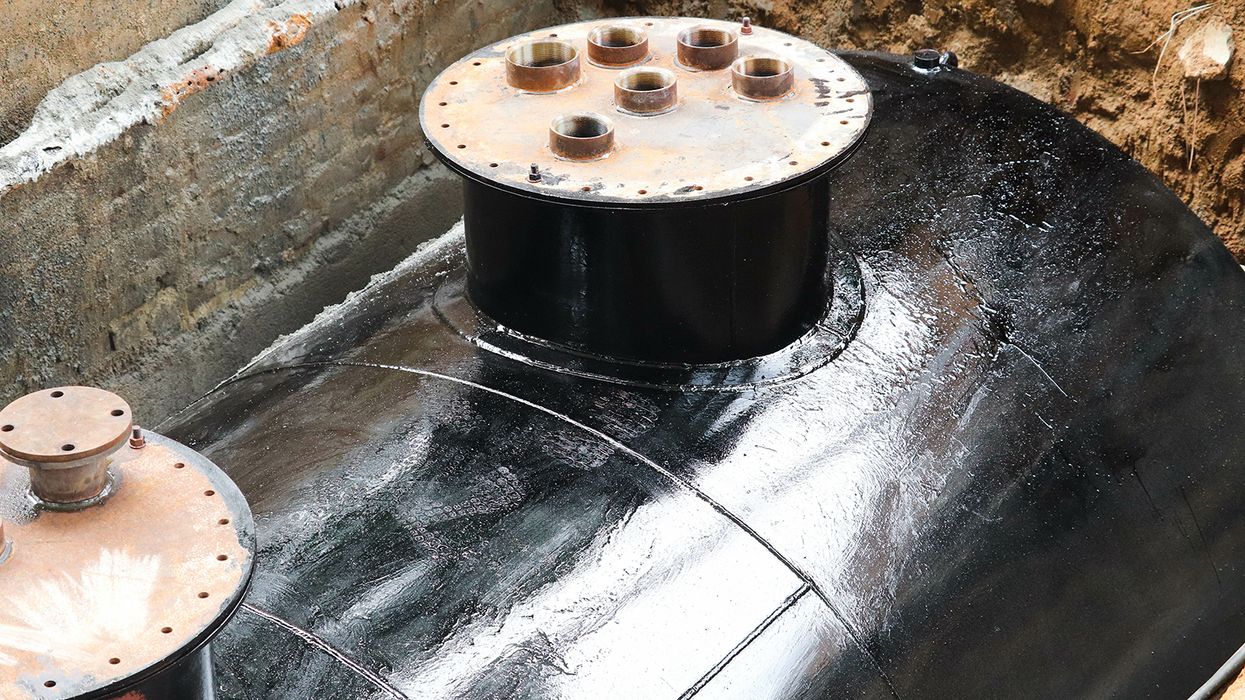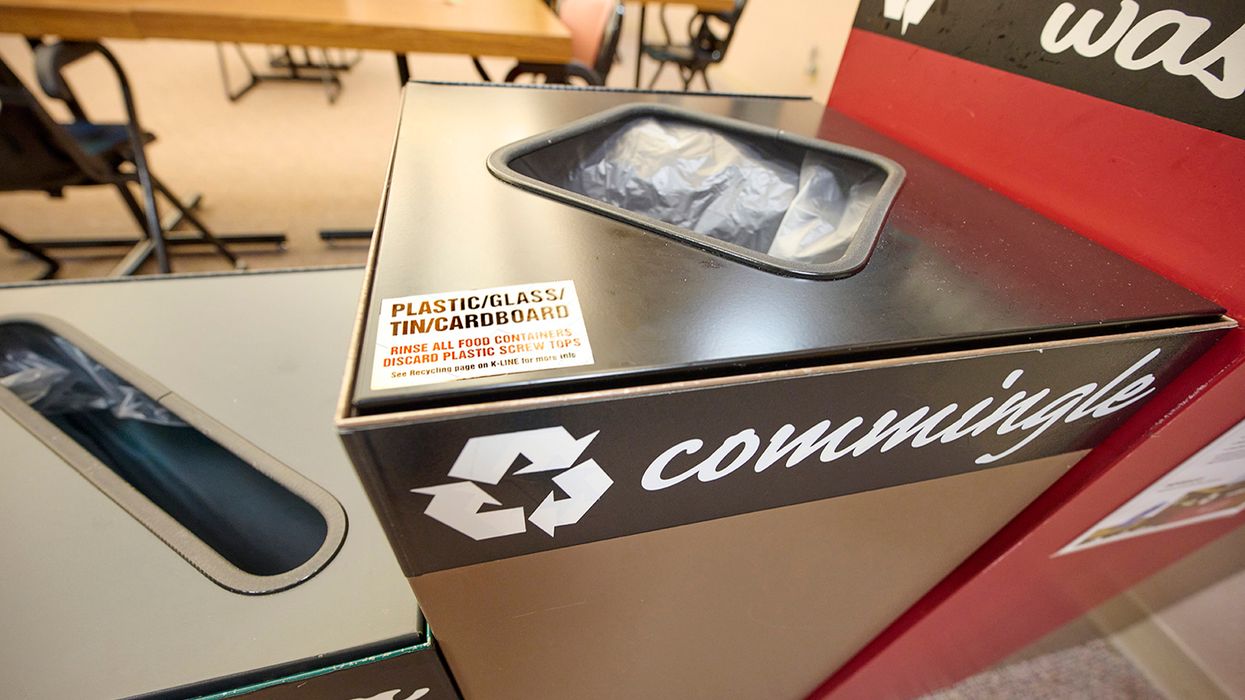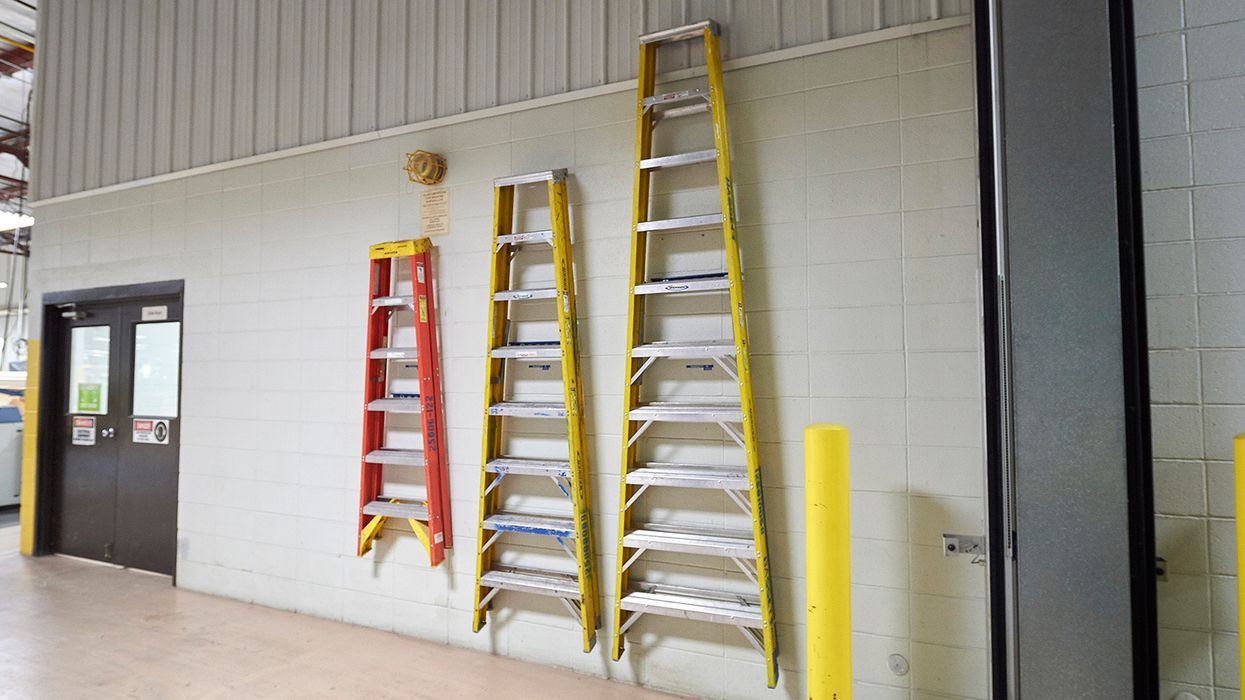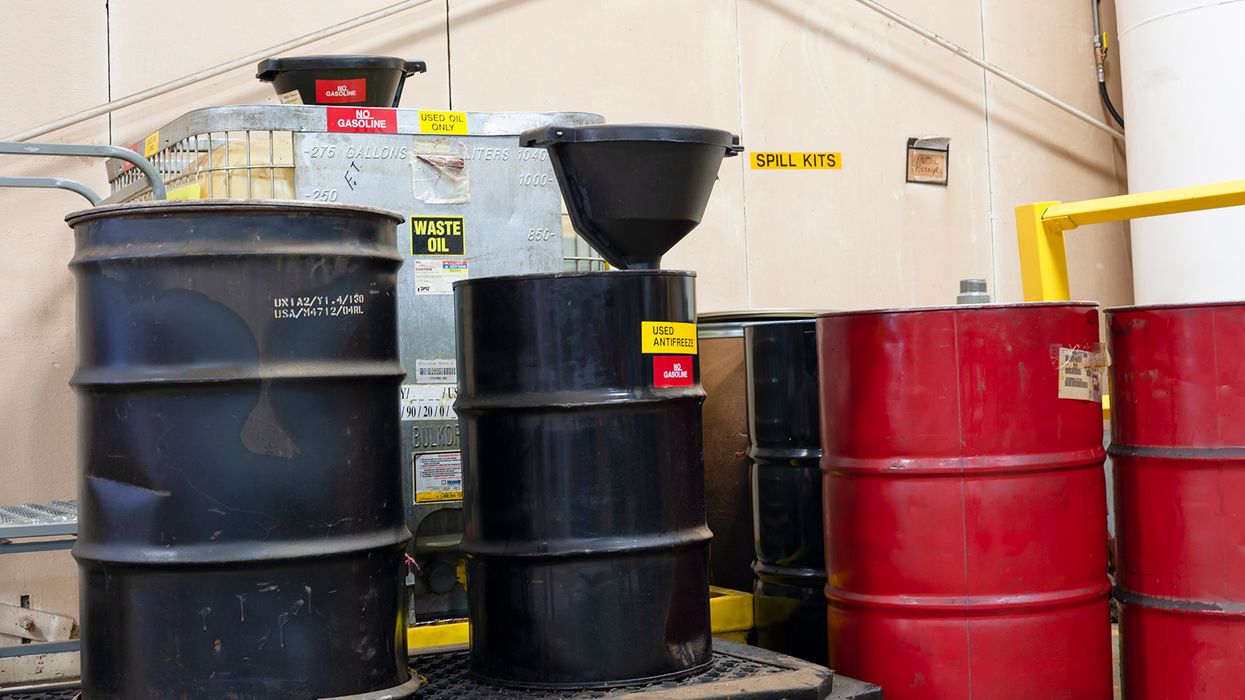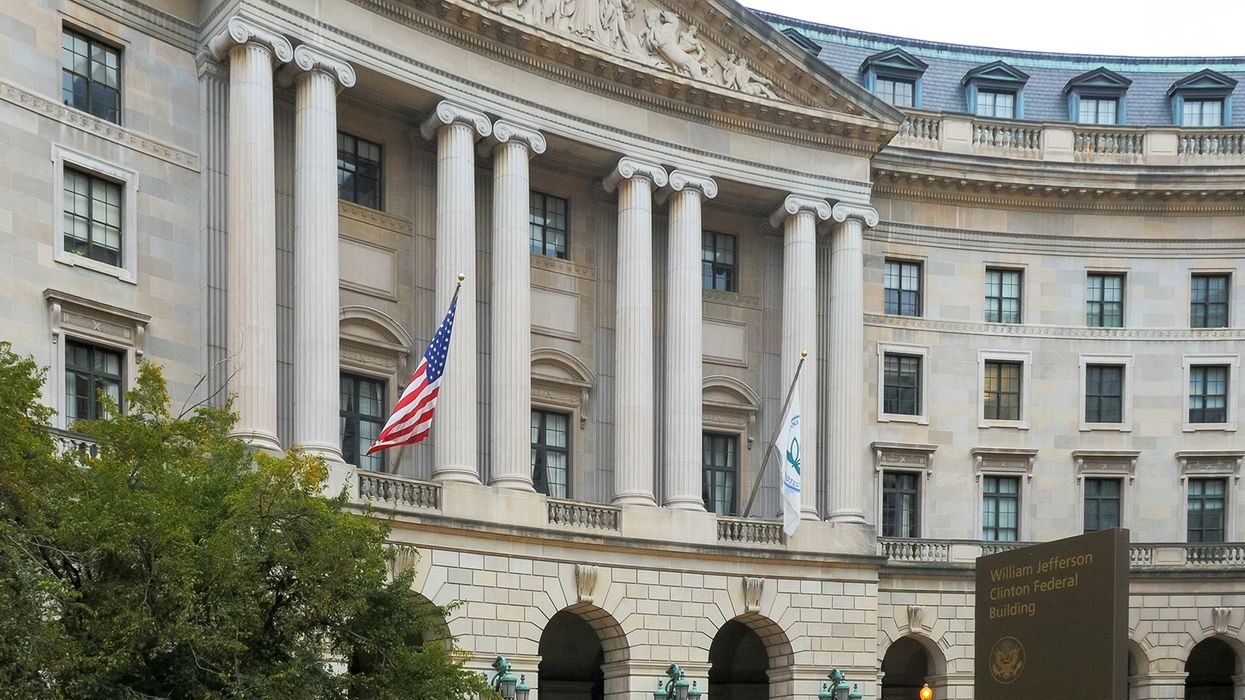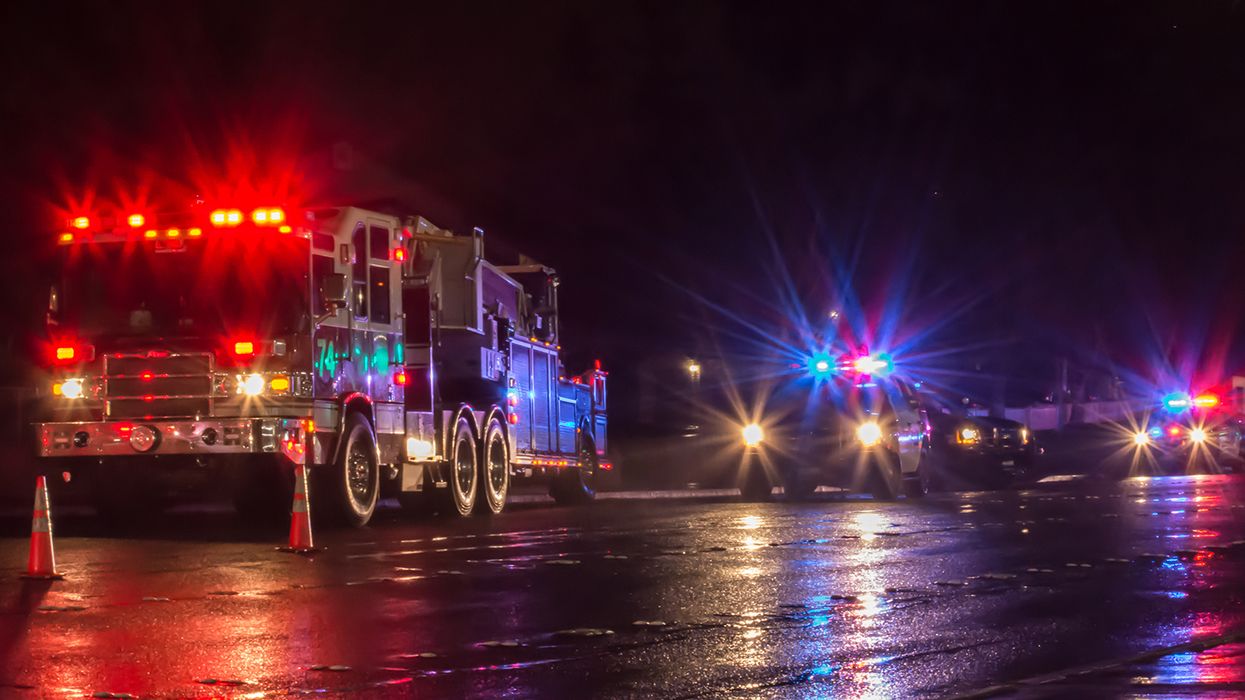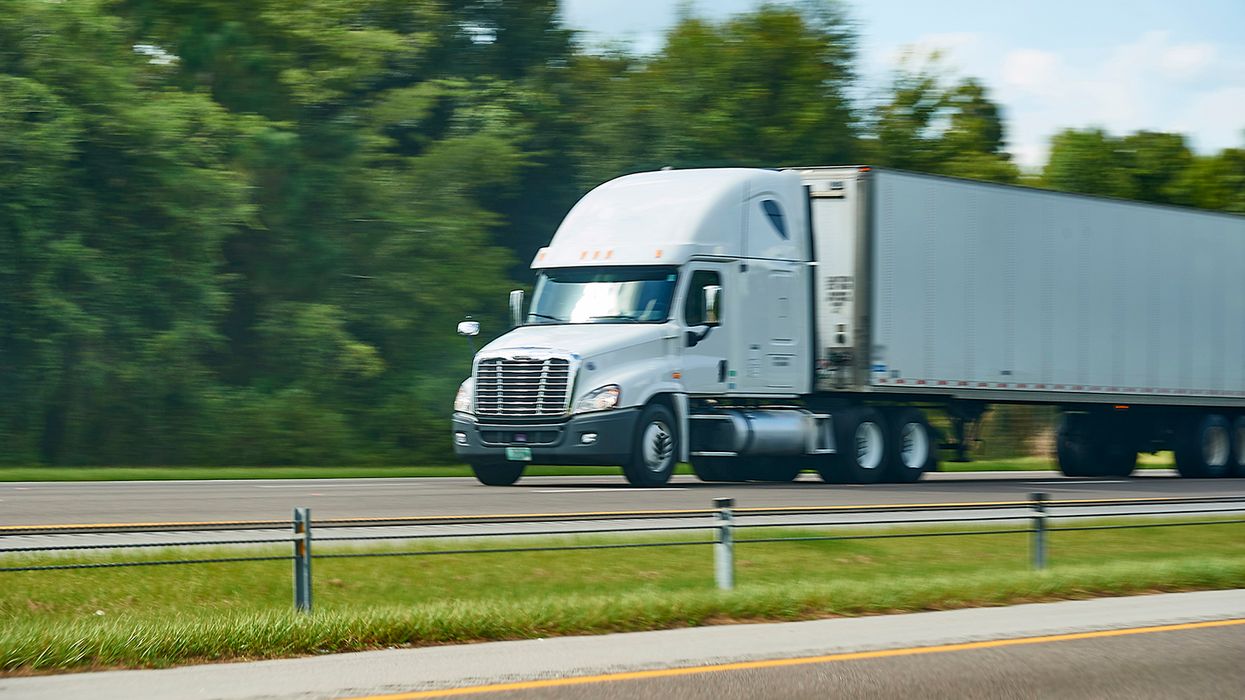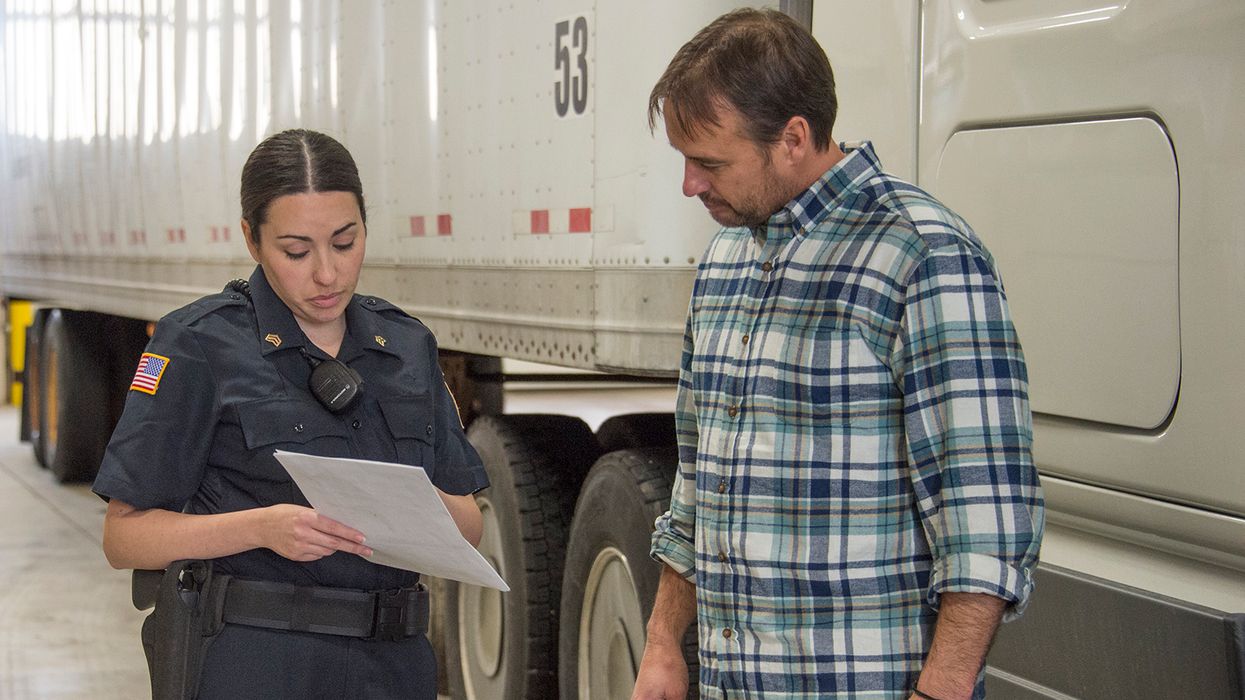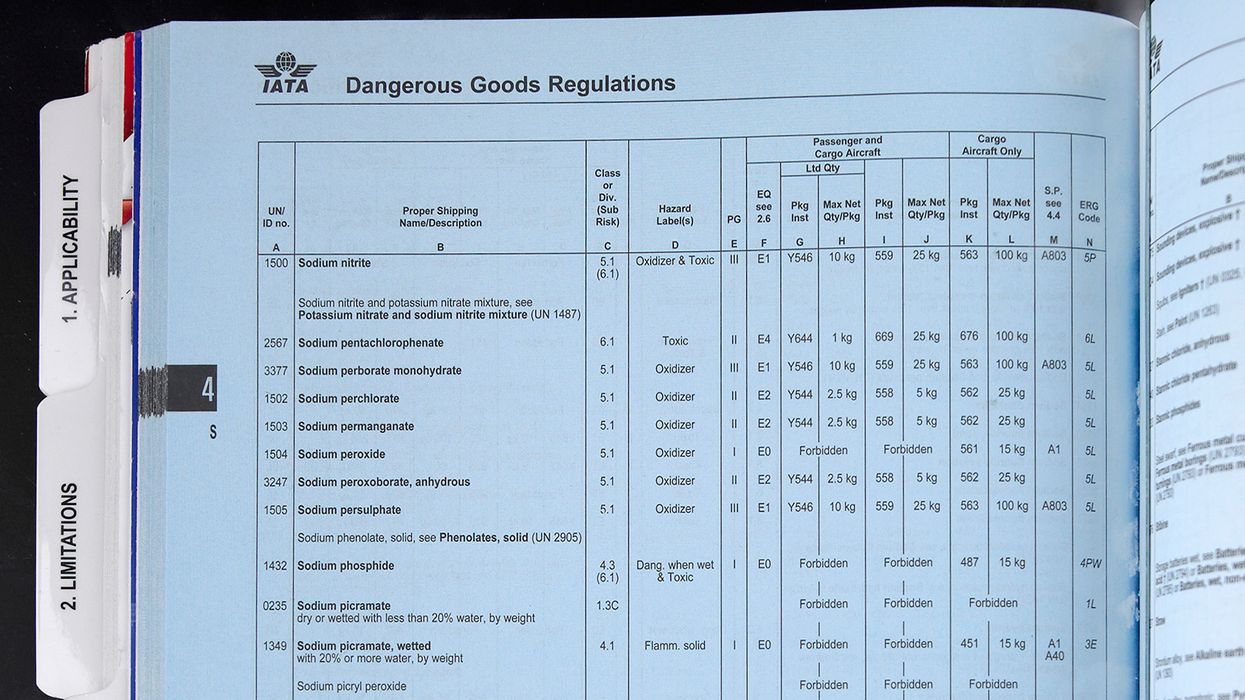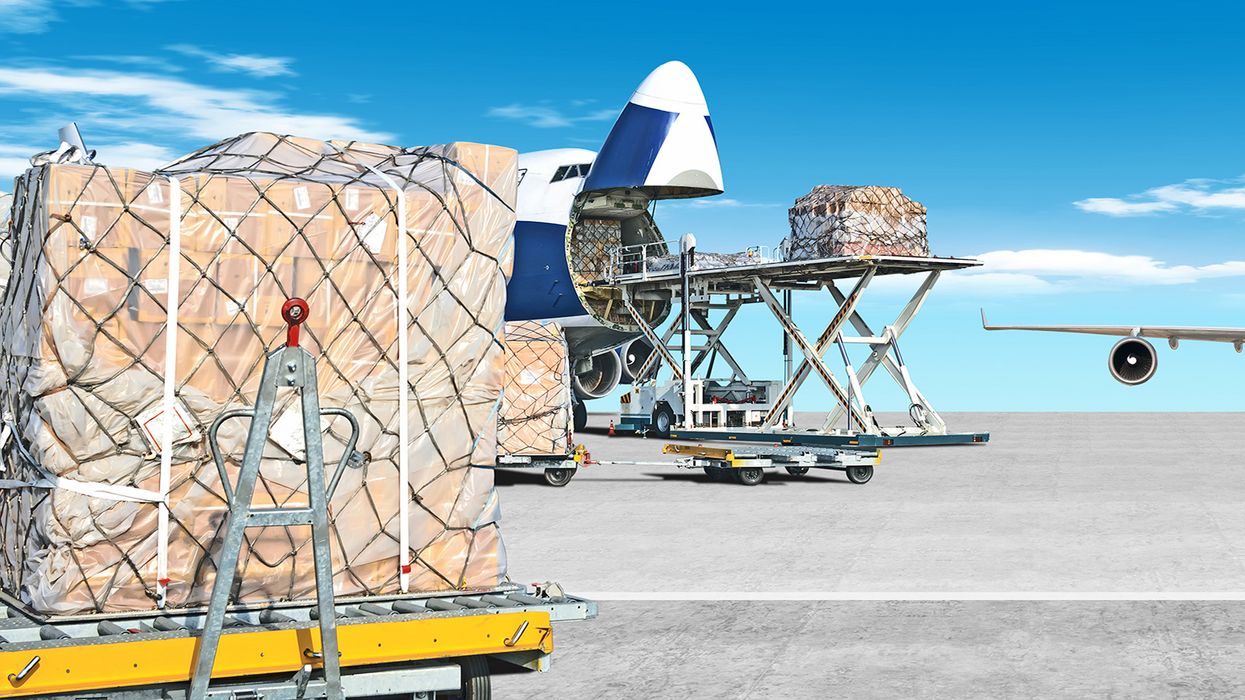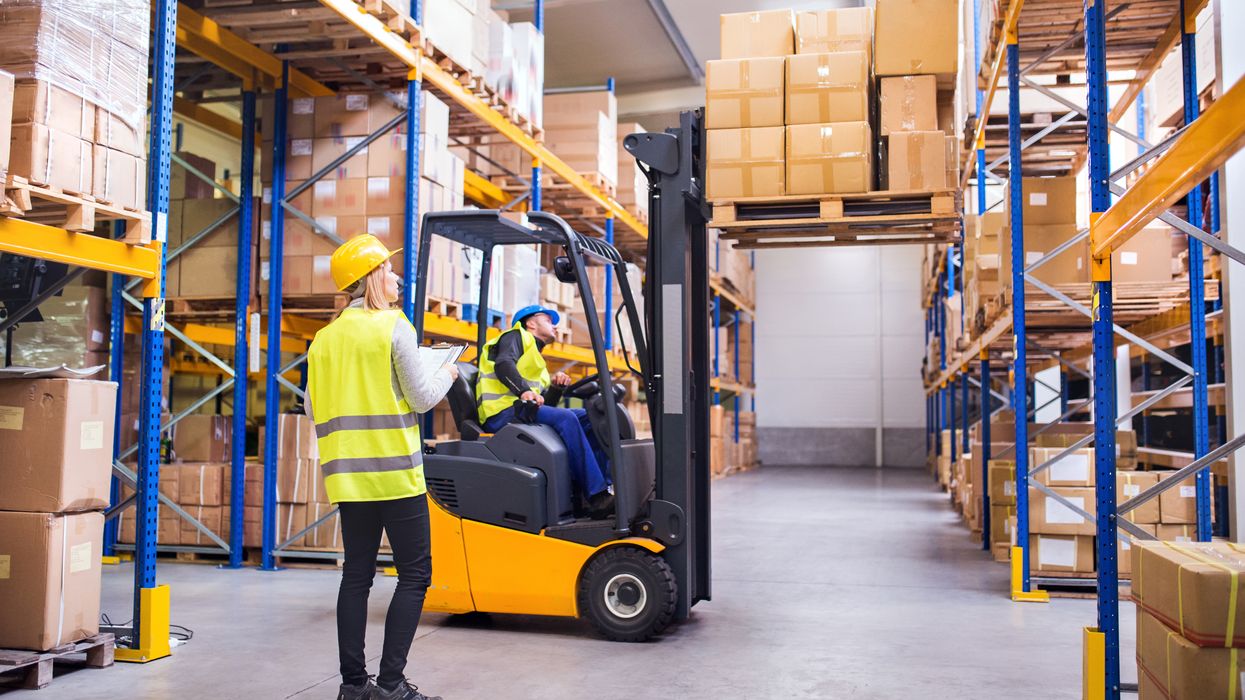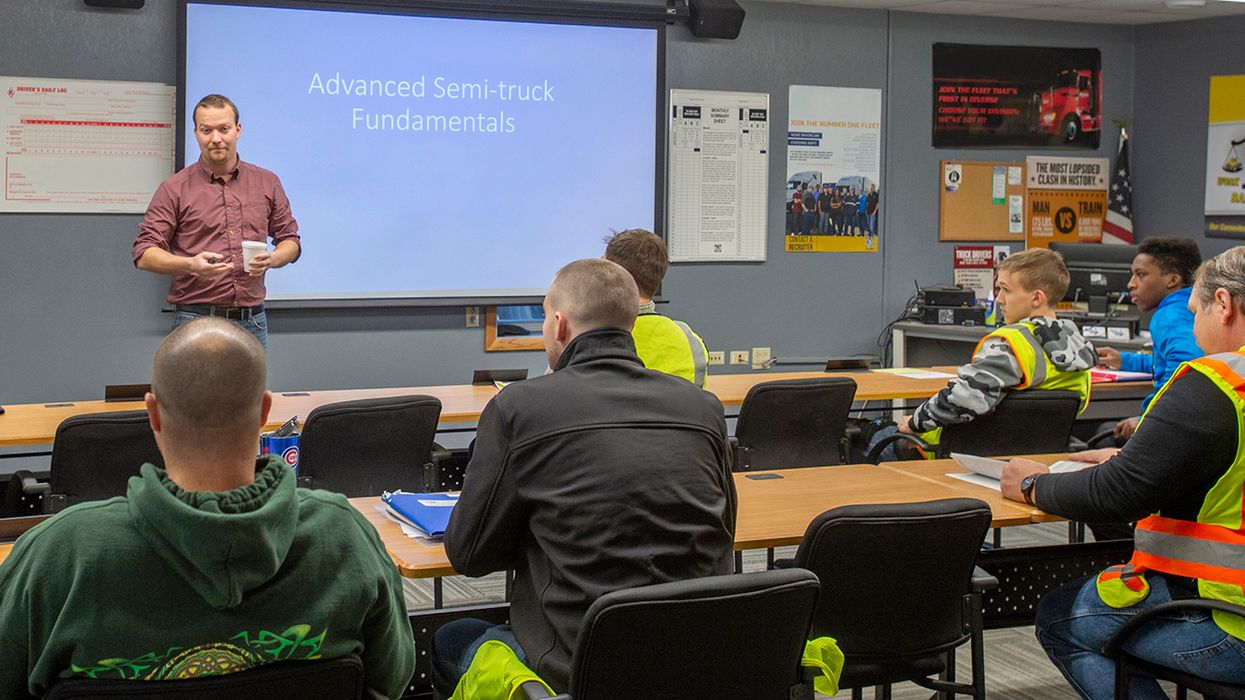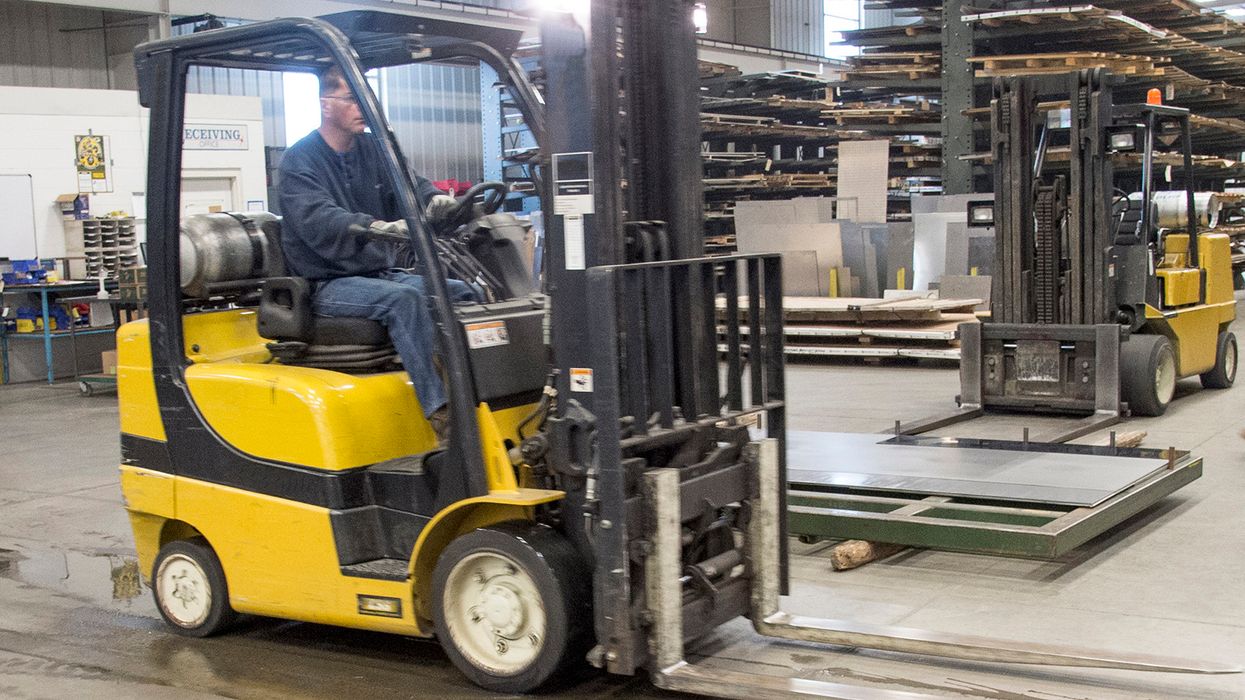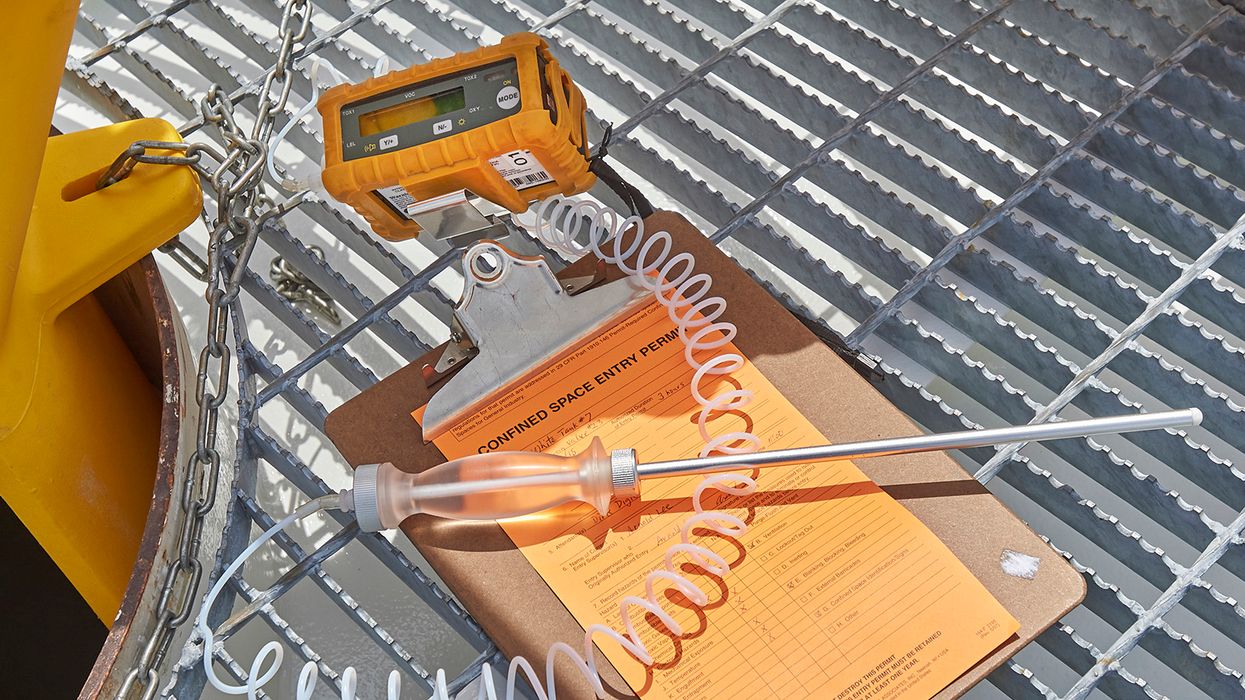Do this to minimize hazmat security threats
When considering security risks, most people think of their bank accounts, computers, or personally identifiable information (PII). However, hazardous materials (hazmat) also pose significant security risks if they fall into the wrong hands, potentially causing catastrophic damage. In some cases, having a security plan for hazmat is not just prudent but a regulatory requirement.
The Pipeline and Hazardous Materials Safety Administration (PHMSA) outlines the security requirements and considerations for hazmat in the Hazardous Materials Regulations (HMR). These regulations are essential for shippers, carriers, and others involved in hazmat transportation, ensuring adherence to necessary safety and security protocols.
Security plan
Developing and implementing a security plan for transporting specific types or quantities of hazmat is crucial. According to the HMR, a security plan is mandatory for certain hazard classes and divisions, including explosives, flammable gases, and poisonous materials, as specified in 49 CFR 172.800(b).
Components of a security plan
A comprehensive security plan should include several key elements:
- Security assessment: Identify potential security threats and vulnerabilities.
- Personnel security: Ensure employees are properly vetted and trained.
- Unauthorized access: Implement measures to prevent unauthorized access to hazmat.
- En route security: Secure hazmat during transportation to prevent theft or tampering.
- Responsibilities: Define the job title of the official responsible for the security plan and specific duties for each position/department involved in its implementation.
- Training plan: Provide in-depth training on the security plan requirements.
Need additional information on security plans? Check out this ezExplanation.
Considerations when developing a security plan
Preventing unauthorized access
To mitigate the risk of unauthorized access, consider the following measures:
- Establish partnerships with local law enforcement and emergency responders.
- Enhance facility security with additional resources such as security guards, surveillance cameras, and improved infrastructure.
- Implement strict access controls and inventory management practices.
En route security protocols
Transportation security is a shared responsibility between shippers and carriers. Key considerations include:
- Assessing and verifying the security measures of carriers.
- Establishing communication systems for crisis management.
- Planning for unexpected circumstances and minimizing stops during transportation.
- Securing transport vehicles with anti-theft devices and tamper-proof seals.
Key to remember: By adhering to these security requirements and implementing the recommended measures, shippers and carriers can significantly reduce the risks associated with hazmat transportation, thereby protecting public safety and the environment.
























